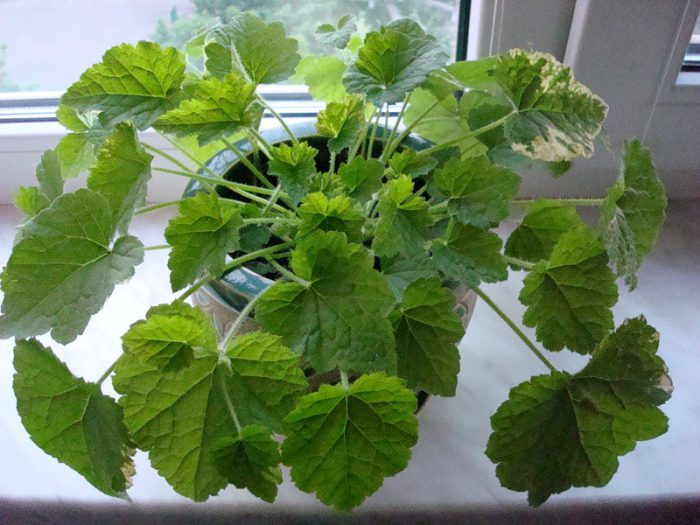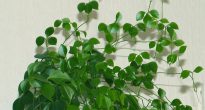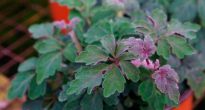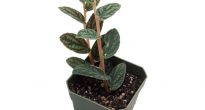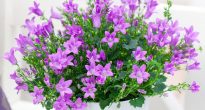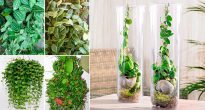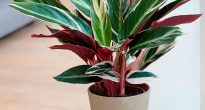Tolmia (Tolmiea) - This bushy plant is quite compact and is directly related to the family Saxifragaceae. It occurs naturally in the temperate zones of North America. At home, only one species is grown, namely, Menzies tolmia.
Tolmiea menziesii - This rhizomatous ground cover species can reach a height of 15 to 20 centimeters, and its diameter is about 40 centimeters. There is pubescence on the surface of the leaves. Each adult leaf has a daughter offspring at the base, which has its own root system and foliage. Thanks to this feature, the tolmiya is also popularly called the "Hen with Chickens". On thin, long (about half a meter in height) peduncles, pale green tubular flowers with red pigmentation appear, which are collected in ears, and this happens at the beginning of the summer period. It is grown as a ground cover plant, and in an apartment - as an ampelous plant.
Content
Caring for tolmia at home
Illumination
Light-loving plant. It is necessary to choose a well-lit place without direct sunlight access.
Temperature regime
It feels best in the warm season with moderate temperatures from 15 to 20 degrees. In winter, it is recommended to rearrange it to a cool place (about 10 degrees). Negatively refers to stagnation of air, therefore the room should be systematically ventilated.
Importance
It needs high humidity, but it should be borne in mind that foliage cannot be sprayed, since it is pubescent. Experienced flower growers advise pouring a little expanded clay into the pan and pouring water (the bottom of the pot should not touch the liquid). You can also increase the humidity with a humidifier.
How to water
In the warm season, it needs abundant watering, which is done after the top layer of the soil has dried. If the wintering is cold, then you need to water much less, but you should not allow the soil to completely dry out. Water it with soft water at room temperature.
Top dressing
Tolmia needs additional feeding in the warm season 1 time in 2 weeks. For this, a complex mineral fertilizer is used. With the onset of the autumn period, they feed less often. In winter, no fertilization is applied to the soil.
Transplant features
The transplant can be carried out at any time of the year, when it will be needed. For this, use loose and light soil. A suitable dredger consists of sand and leaf earth mixed in equal proportions. Don't forget a good drainage layer.
Reproduction methods
Easily propagated by daughter rosettes at any time of the year. For their rooting, either sand or a mixture consisting of 1 part of sand and 1 part of soil is used.
Diseases and pests
It can get sick with powdery mildew - a white fluffy layer forms on the surface of the leaves and shoots. Treatment with caratan, sulfur, or another agent against powdery mildew is recommended.
Due to violations of the rules of care, the plant can settle spider mites, scabbards, thrips.
The foliage becomes pale, and the stems become elongated due to poor lighting.
Foliage drooping occurs for two reasons, namely, underfilling or overflowing.


